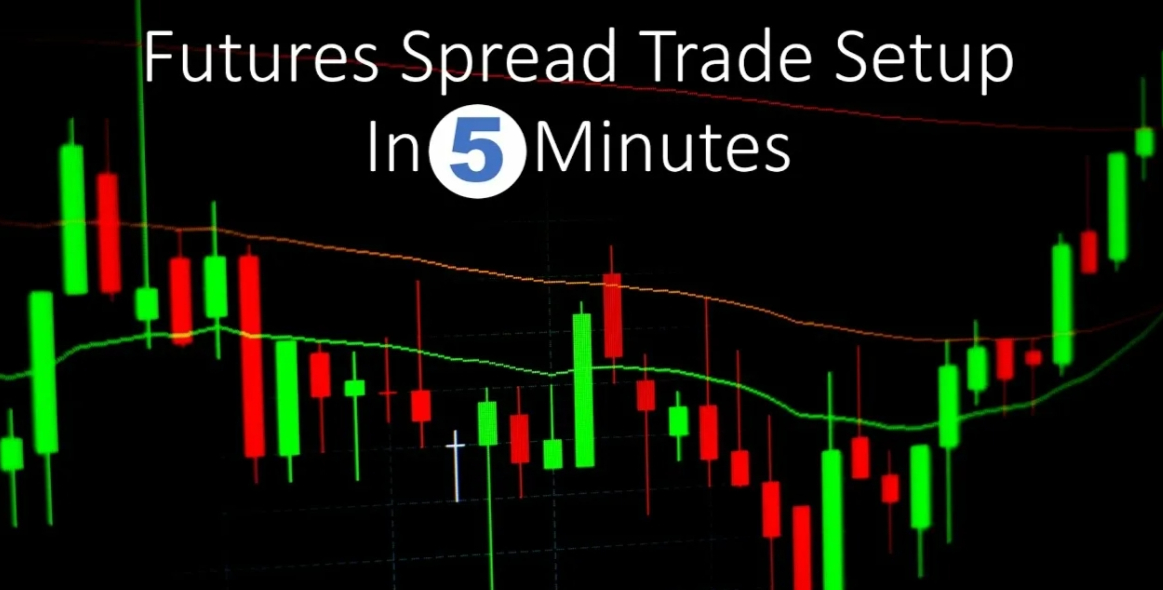Futures rarely trade at the same price as the underlying asset. Usually, futures are traded at a premium (contango), but in some cases, the underlying asset is worth more than the future. The futures premium is most often calculated based on the costs associated with holding the underlying asset. If everything is logical with commodity deliverable futures, then in the case of settlement and financial futures, uncertainty may arise – the cost of storing their underlying assets is close to zero.

There are many participants in the stock market, and their trading and investment strategies differ. Therefore, the futures premium is not always calculated strictly on the basis of average market rates. The premium can fluctuate, and sometimes interesting arbitrage opportunities can arise.
If the premium on the futures is too high, then you can buy the underlying asset and sell the futures on it – as a result, you will get a profit above the market average. The difficulty is that such situations rarely happen and are quickly traded.
The scheme with the purchase of foreign currency and the sale of futures against it looks safe. Especially if you bought the currency without using borrowed funds. After the sale of the futures, you will have to wait for the expiration and receive a premium on the futures. On the settlement date, you simply give back the currency and receive the amount for which you sold the futures. However, there are some nuances that can complicate this strategy.
Strategy risks
To implement the described strategy, you will need to make transactions on the derivatives market of the exchange. And the difficulty lies in the fact that all contracts there without exception are margined. That is, revaluation of liabilities occurs daily, and depending on the direction of revaluation, either you pay a certain amount (variation margin) to the counterparty, or he pays you. At some point, it may happen that after the next write-off of the variation margin, the amount of funds in your account will become less than the required margin and you will have to close positions at a loss, even if your futures obligations are secured by the underlying asset.

Although futures are linked to the underlying asset, they are different financial instruments. Until the expiration date, they can exist independently of each other.